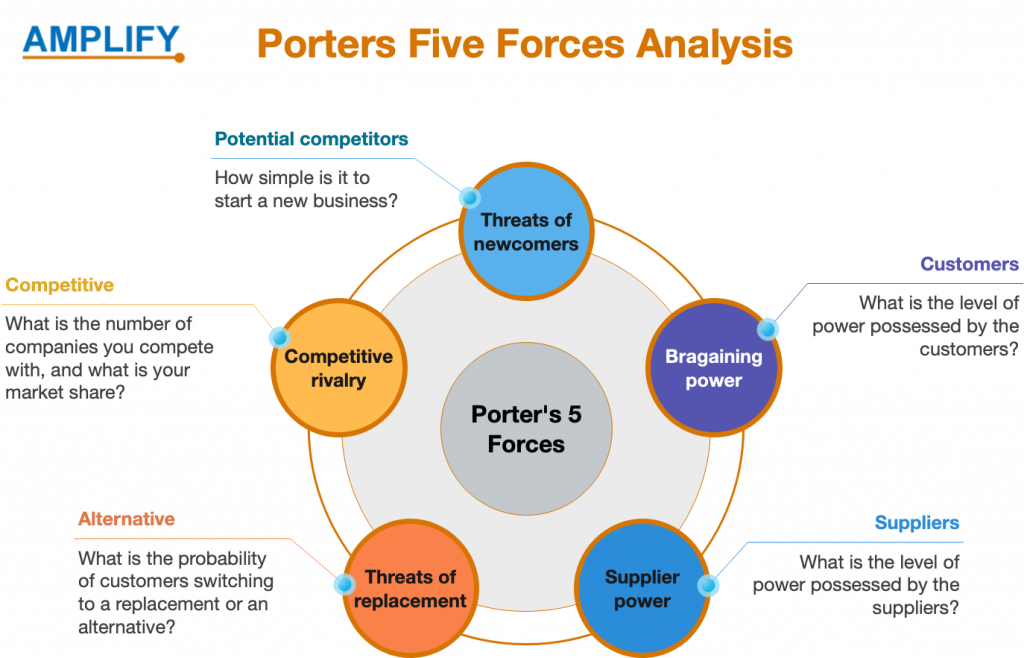The Freemium business model is a strategy that combines elements of free and premium offerings to attract and monetize a user base.
In this model, companies provide a basic version of their product or service for free, enticing users to try and adopt it.
Moreover, the basic version serves as a marketing tool, creating awareness and generating interest in the product or service.
Transitioning to the premium aspect, companies offer additional features, functionality, or enhanced experiences that come at a cost.
The premium offerings are designed to cater to users who desire more advanced or specialized features beyond what the free version provides.
Zoom, Dropbox, MailChimp, and Evernote are examples.
Using a large user base as support
Additionally, the “Freemium business model” relies on a large user base to drive revenue. By offering a free version, companies can attract a broader audience, expanding their reach and potential customer pool.
Companies employing this model use various strategies to convert free users into paying customers. For instance, they may utilize upselling techniques, where free users are enticed to upgrade to a premium version through exclusive benefits or discounts. Moreover, companies may leverage data and analytics from free users to personalize offers and target marketing campaigns effectively.
Careful balancing between the free and premium
The “Freemium business model” requires careful balancing between the free and premium aspects to ensure profitability. Companies need to strike a balance where the free version provides enough value to attract and retain users. In contrast, the premium version offers additional benefits worth paying for.
Lastly, the “Freemium business model” fosters a freemium ecosystem where free users benefit from basic functionality. In contrast, premium users enjoy enhanced features and support.
Summary
The “Freemium business model” combines free and premium offerings to attract and monetize a user base. It leverages a large user base, conversion strategies, data analytics, and careful balancing to drive revenue and foster a freemium ecosystem.
It is a great way to encourage customers to test out the software or application.
One notable company that adopts the Freemium business model is Spotify. Spotify offers a free version of its music streaming service, allowing users to access a vast library of songs with occasional advertisements. To monetize its user base, Spotify also offers a premium subscription option that provides ad-free listening, offline playback, higher audio quality, and additional features. The free version acts as a funnel to attract a large user base, while the premium version caters to users seeking an enhanced music streaming experience. This Freemium approach has been instrumental in Spotify’s success, allowing it to establish a massive user base and convert a significant portion of free users into paying subscribers.


















